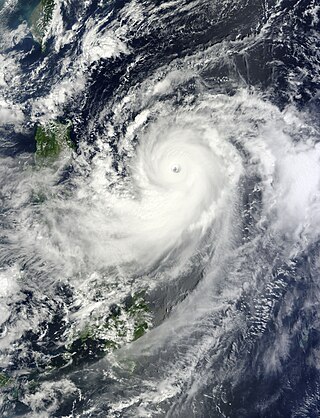The name Jelawat has been used to name five tropical cyclones in the western North Pacific Ocean. The name was submitted by Malaysia and refers to a carp, which is a fish.
- Typhoon Jelawat (2000) (T0008, 13W) – made landfall in China as a weakening typhoon.
- Tropical Storm Jelawat (2006) (T0602, 03W, Domeng) – impacted China.
- Typhoon Jelawat (2012) (T1217, 18W, Lawin) – an intense Category-5 super typhoon that struck Japan.
- Typhoon Jelawat (2018) (T1803, 03W, Caloy) – an early season Category-4 super typhoon.
- Tropical Storm Jelawat (2023) (T2317, 18W, Kabayan) – late-season storm that traversed Mindanao.


